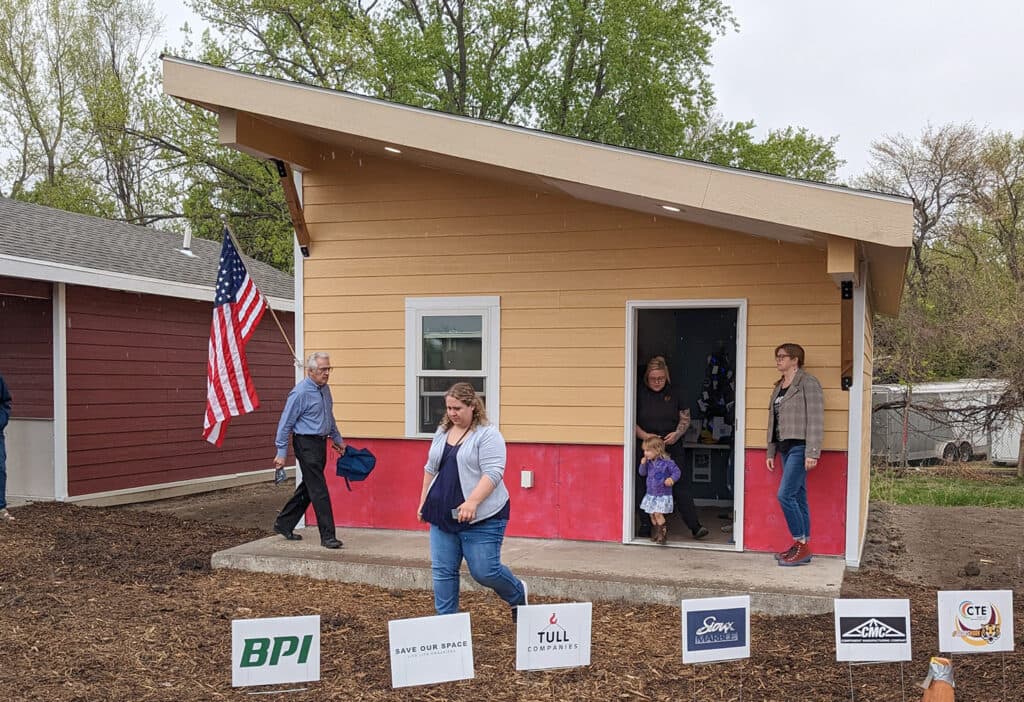Meredosia Wildlife Refuge preserves habitat, supports local recreation and tourism
Meredosia National Wildlife Refuge protects wetlands, bottomland forest, prairies and backwater lakes along the Illinois River, providing habitat for waterfowl and other species while offering seasonal access for birding, fishing and wildlife watching. The refuge is managed by the U.S. Fish and Wildlife Service, and its access schedule and management practices matter to Morgan County residents for recreation, local economy and wildlife protection.

Meredosia National Wildlife Refuge, established in 1973, occupies riverine landscape across portions of Morgan and Cass counties near the town of Meredosia. Managed by the U.S. Fish and Wildlife Service, the refuge preserves wetlands, bottomland forest, prairies and backwater lakes that sustain a diversity of wildlife. Refuge records note 28 waterfowl species in the area, and seasonal migrations draw residents and visitors for spring and fall birdwatching while winter offers opportunities for bald eagle viewing.
Public access is seasonal for much of the refuge, with many units open from Feb. 1 to Oct. 15 and selected areas closed in winter to protect sensitive wildlife. That operating calendar shapes local recreation patterns and affects when residents plan outings for birding, wildlife watching and seasonal fishing. For Morgan County businesses that serve outdoor visitors, predictable seasons and clear public information can influence demand for lodging, supplies and guide services.
On the conservation side, the refuge employs active land management tools. Practices such as moist soil management, prescribed fire and targeted wetland restoration are central to maintaining habitat for waterfowl, shorebirds and other species that rely on the Illinois River corridor. These management activities have both ecological and practical implications for residents. They help sustain fish and game populations, protect floodplain function and maintain the refuge as a resource for school groups, volunteers and outdoor enthusiasts.
Institutionally, the U.S. Fish and Wildlife Service is the primary steward, but the refuge sits within broader local and regional governance. County officials, town leaders and state agencies intersect with refuge management on issues such as access roads, signage and emergency services. Decisions about funding, staffing and outreach by the federal agency have local consequences for visitor services and habitat maintenance. Transparency about management plans and clear public notices about seasonal closures help residents plan visits and reduce conflicts between recreation and wildlife protection.
For Morgan County voters and civic groups, the refuge can be a focal point for engagement on conservation and land use policy. Public input on management plans, volunteer programs and cooperation between the refuge and local stakeholders all matter for shaping how the resource serves the community. Conserving habitat while supporting nature based tourism requires ongoing communication among the U.S. Fish and Wildlife Service, county leaders and residents.
Residents seeking current visitor information should consult the refuge homepage and its Visit Us, Species and What We Do pages for details on seasons, access and volunteer opportunities. As the refuge continues to sustain key riverine habitat and attract wildlife viewers, its role in local recreation, education and the economy will remain an important consideration for Morgan County policymakers and citizens.


